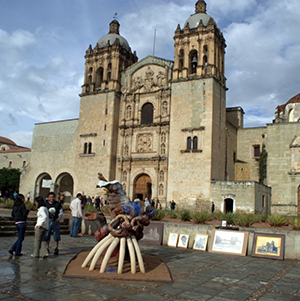
Day 1 : Oaxaca
Arrive into Oaxaca airport. You will be met at the airport by a Travel The Unknown representative and brought to your hotel. Rest of the day free. Overnight in Oaxaca.
Overnight in Azucenas, Oaxaca
Meal plan: n/a
Discover the final refuge of indigenous Mexico, a place where pre-Hispanic traditions, customs and languages still survive; where ancient treasures abound and a warm welcome greets every visitor. Take time to discover the ancient history and phenomenal architecture of Monte Albán and Mitla, discover the stunning natural landscapes of Hierve El Agua and Santiago Apoala, and wander the colourful craft markets throughout the state before taking a walk in a cloud forest. Finally, learn some traditional Oaxacan cooking or take a tour of Oaxaca`s legendary biodiversity in the botanical gardens.
Oaxaca - Mitla - El Tule - Hierve el Agua - Santiago Apoala - Monte Albán - Llano Grande - Mexico City

Arrive into Oaxaca airport. You will be met at the airport by a Travel The Unknown representative and brought to your hotel. Rest of the day free. Overnight in Oaxaca.
Overnight in Azucenas, Oaxaca
Meal plan: n/a
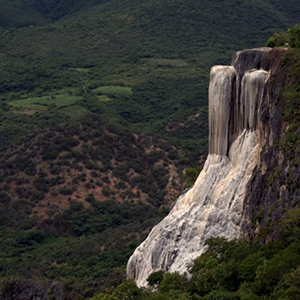
Visit the ancient pyramid of Mitla, the bizarre terrains and petrified waterfall of Hierve el Agua and the world's widest tree, El Tule. After lunch, visit the indigenous farmers market of Tlacolula to see the preparations for Día de Muertos (Day of the Dead). Return to Oaxaca for the night.
Meal plan: n/a
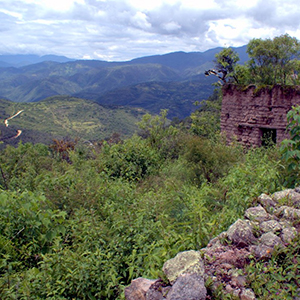
Drive into the Sierra Mixteca range, a stunning set of mountains in the indigenous Mixteca region. Hike through a canyon and past waterfalls to the beautiful village of Santiago Apoala, which is perfect for further exploration. Spend the night in the cabins of Santiago Apoala.
Overnight in Santiago Apoala village cabins, Santiago Apoala
Meal plan: Breakfast, lunch & dinner

Half day hike to a waterfall with the possibility of a swim. Stop for lunch and afterwards return to Oaxaca. The rest of the afternoon is free for exploring. Overnight in Oaxaca.
Overnight in Azucenas, Oaxaca
Meal plan: Breakfast & lunch
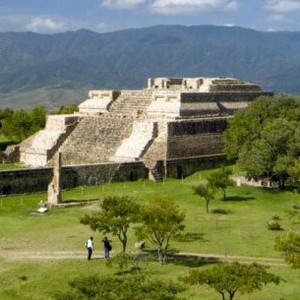
After breakfast, take a short drive to Monte Albán, one of Mexico's most ancient and impressive archaeological sites dating from as far back as 500BC. After spending a few hours exploring the extensive site of Monte Albán, you will visit a paper factory in San Agustin Etla and see la CASA (a very interesting art school founded by Francisco Toledo). In the late afternoon, treat yourself to a traditional steam bath ("temazcal"). Return to Oaxaca to spend the night.
Overnight in Azucenas, Oaxaca
Meal plan: Breakfast
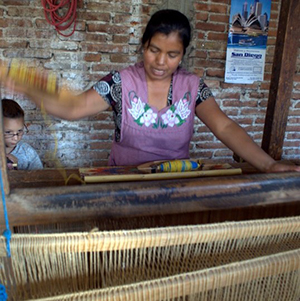
Morning free. Visit Teotitlan for a micro-finance tour with our partners, Envia (www.envia.org), that will give you a real insight into the lives of local people in this traditional Zapotec village famous for its weaving traditions. This tour will directly fund small micro-finance projects with small interest-free loans to help people start or expand their businesses. You will visit people's homes and hear them explain what they would like to do with their loan, when they receive it. The benefits these small loans can bring to people is quite incredible and Envia will send you an update once the people you met have received their loans. Return to Oaxaca to spend the night.
Overnight in Azucenas, Oaxaca
Meal plan: Breakfast & lunch

Breakfast, then a visit to the colourful Ocotlan market and the handicraft villages of San Bartolo (black pottery), San Martin Tilcajete (painted wooden animals) and Santo Tomas Jalieza (textiles). Late afternoon free. Overnight in Oaxaca.
Overnight in Azucenas, Oaxaca
Meal plan: Breakfast
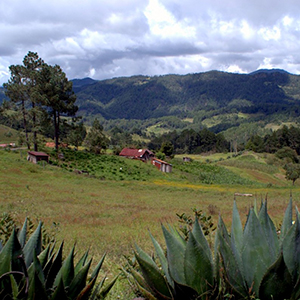
Day trip to Llano Grande for a walk in a cloud forest. Surrounded by pine forest, the 150 inhabitants live in the cleanest community of Mexico and are happy to show you their beautiful area. Your hike passes through meadows covered with wild flowers and pine forest that lead to some dramatic views. Back in the village, we will enjoy a delicious lunch at Kata's restaurant. Relax for a while before returning to Oaxaca to spend the night.
Overnight in Azucenas, Oaxaca
Meal plan: Breakfast & lunch

After breakfast, the day will be at leisure. Or you can choose from one of the optional activities.
Option 1: Cooking course with one of Oaxaca's best chef's to learn some of the dishes for which Oaxaca is famous.
Option 2: Guided tour of the botanical gardens of Oaxaca. Oaxaca is one of the world's biodiversity hotspots and home to more than 8,400 registered plant species, 738 bird species and 1,431 terrestrial vertebrate species. Although Oaxaca accounts for only 5% of Mexico's size, it hosts over 50% of all its species.
Have the afternoon free to relax or visit Abastos market, one of the largest and most colourful markets in Oaxaca. Overnight in Oaxaca.
Overnight in Azucenas, Oaxaca
Meal plan: Breakfast

Drop to airport for return flight.
Meal plan: Breakfast
All accommodation subject to availability. Final accommodation choices will be confirmed after booking.

Hotel Azucenas is a small Canadian-owned hotel in the colonial city of Oaxaca. The hotel has 10 rooms with private baths and the city’s best Rooftop Garden Terrace.

The cabins at Santiago Apoala village are situated in a beautiful location along the banks of a stream which comes down through a cleft in the high rock escarpments at the southern end of the valley. Modern and clean, there is also a restaurant available nearby.
Swim, dive and cruise the shores to discover Mexico's marine life
Explore Mexico's stunning mountains on foot
Unforgettable rafting and free-fall experiences in the heart of the jungle
Delve into Mexico's tapestry of craggy cliffs and copper-green canyons
Unwind on Mexico's idyllic white sand beaches
Trace Olmec, Aztec, Zapotec & Mayan roots
Trace the path of Mayan history - from antiquity to today
Discover the highlights of two Latin gems
Aztec ruins, Oaxacan flavours & colonial towns
The last bastion of indigenous Mexico
The festival where death never felt so alive.
A culinary tour of Mexico's gastronomy capital
Indigenous village trek in a world of biodiversity
Ancient history meets modern metropolis
Caroline , Zapotecan Village Trek, MexicoThe hiking was amazing with spectacular scenery and knowledgeable guides. The luxurious but rustic wooden cabins were really welcoming after a long days hiking.
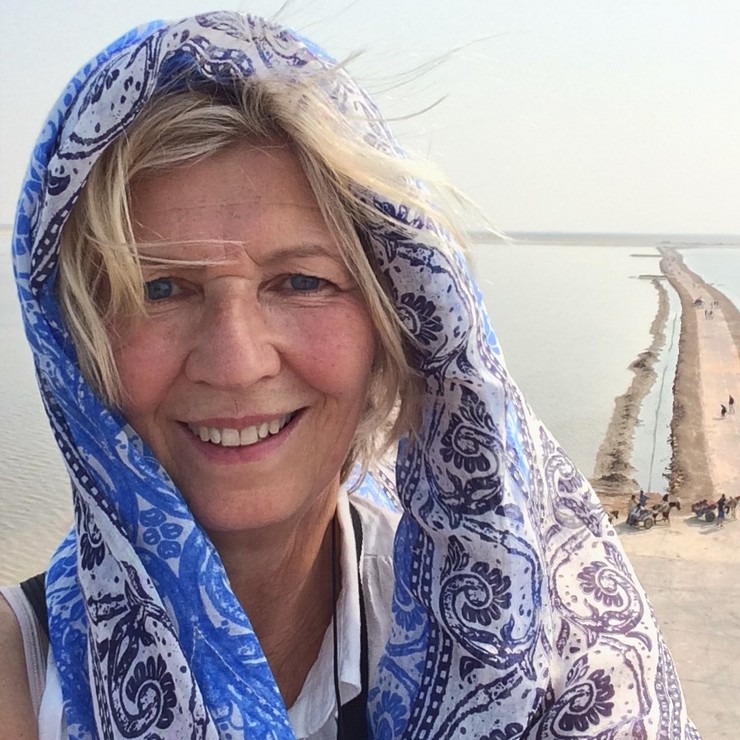
Jeannie Saville , Flavours of Mexico, MexicoIt is not surprising that UNESCO has added Mexican cuisine to its list of cultural treasures worth preserving. The variety and quality of Oaxacan food is awe inspiring and ranges from street food to creative chefs in top class restaurants. All aspiring young chefs should visit the Sunday market in Tlacolula, a real feast for the eyes and the palette. We have learnt a huge amount on this tour about life in Mexico and the problems of Mexico`s indigenous people.
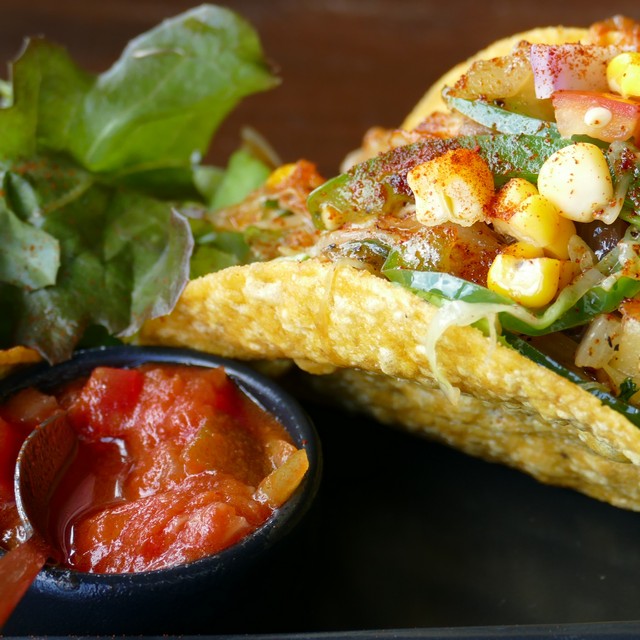
Bill Dodd , Flavours of Mexico, MexicoHaving travelled to Mexico on various trips over the years I was surprised to find Oaxaca was so different. Many traditions that have died out elsewhere are still alive and kicking in Oaxaca. And the food is sublime.
